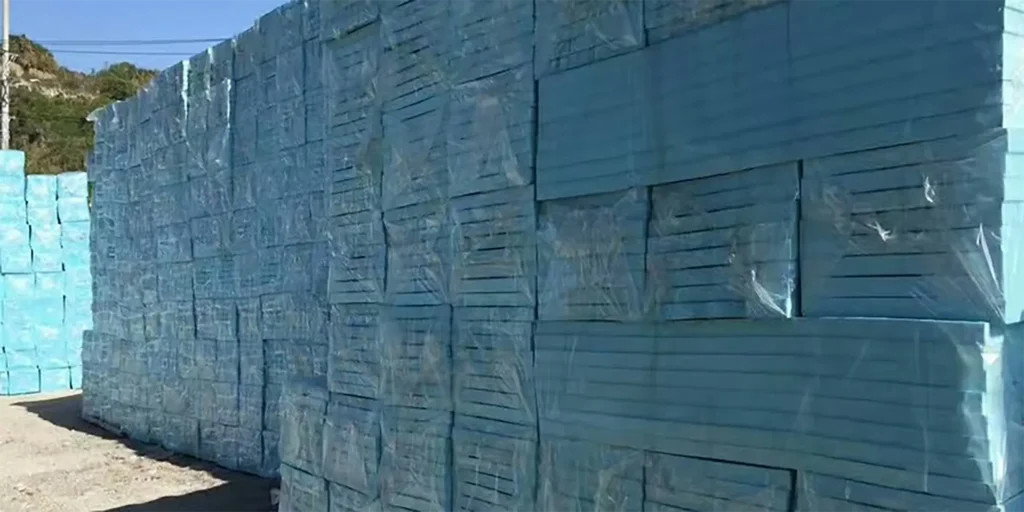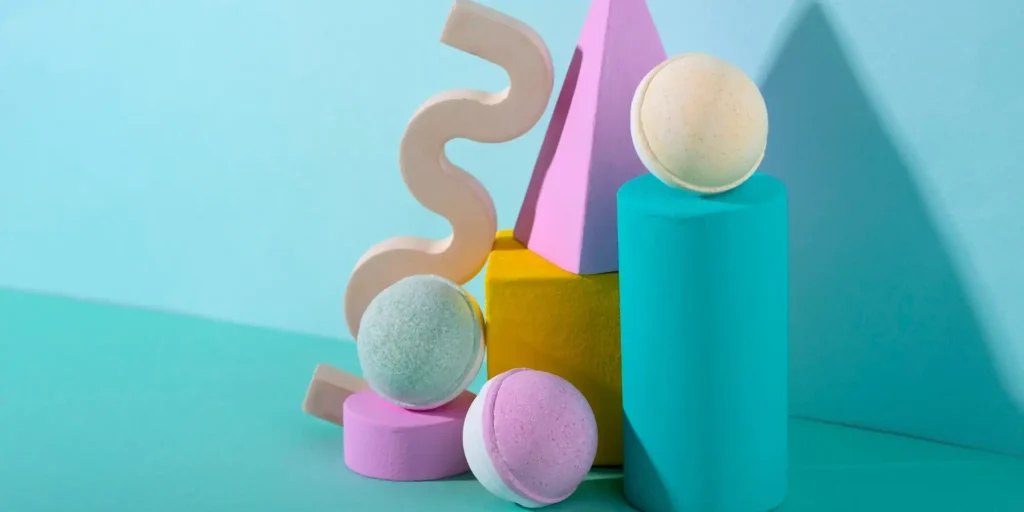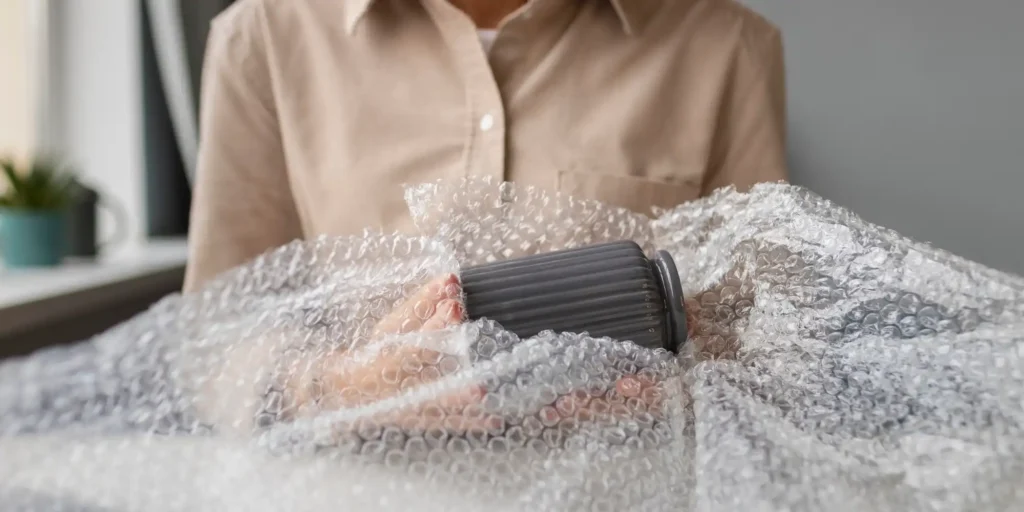Abstract
This comparative analysis examines the predominant applications of ethylene-vinyl acetate (EVA) and polyethylene (PE) as cushioning materials across different industries. The study elucidates EVA’s advantages in footwear applications, highlighting its superior shock absorption, lightweight properties, and ergonomic comfort, while demonstrating PE’s supremacy in cold chain logistics due to its cost efficiency, mechanical robustness, and cryogenic performance. Through meticulous comparison of physical characteristics and application scenarios, this paper reveals the scientific rationale and market dynamics behind material selection in these specialized fields.
Introduction
The selection of cushioning materials represents a critical determinant of product performance in contemporary industrial applications. EVA (ethylene-vinyl acetate copolymer) and PE (polyethylene) have established their respective dominance in footwear insoles and cold chain logistics—a phenomenon exemplifying the principle of precise material-property matching in engineering applications.
EVA’s Supremacy in Footwear Applications
As a copolymer synthesized from ethylene and vinyl acetate, EVA demonstrates exceptional comprehensive properties that render it the material of choice for footwear manufacturing. Its superior performance relative to PE manifests in several critical aspects:
- Dynamic Cushioning Characteristics: EVA exhibits outstanding energy-return properties, with its cross-linked microcellular structure effectively dissipating foot strike impact forces by 30-40% more efficiently than PE, making it particularly suitable for high-impact athletic footwear.
- Weight Advantages: Foamed EVA achieves remarkably low densities (as low as 0.15 g/cm³), providing a 20-25% weight reduction compared to standard PE foams—a crucial factor in footwear design where every 100g increase in weight raises energy expenditure by approximately 1% during running.
- Manufacturing Adaptability: EVA accommodates diverse processing techniques including injection molding and compression molding, facilitating the production of anatomically contoured functional insoles. Its lower thermoforming temperature range (120-160°C versus PE’s 130-170°C) translates to reduced energy consumption during production.
- Ergonomic Superiority: The microporous architecture of EVA affords enhanced breathability, while its adjustable hardness range (20-80 Shore C) enables optimal balance between support and pliability—characteristics where PE foams typically demonstrate rigidity and poor ventilation.
PE’s Dominance in Cold Chain Logistics
The stringent requirements of temperature-controlled logistics demand material properties where PE excels:
- Cryogenic Performance: High-density PE (HDPE) maintains structural integrity at temperatures as low as -50°C, while EVA undergoes detrimental hardening below -20°C—a critical advantage for frozen food transportation (-18°C to -25°C).
- Structural Durability: HDPE demonstrates compressive strength (20-35 MPa) significantly exceeding that of EVA (10-20 MPa), enabling reliable performance under substantial stacking loads in logistics operations. Food-grade PE withstands over 2,000 transport cycles.
- Economic Viability: PE raw material costs remain 30-40% lower than EVA, coupled with simpler processing requirements—a decisive factor for the high-volume, low-margin packaging industry.
- Moisture Barrier Properties: PE’s moisture vapor transmission rate (MVTR) measures merely 10-20% of EVA’s, providing superior protection against food desiccation or moisture absorption during transit.
- Hygienic Compliance: Food-grade PE meets FDA standards for direct food contact and facilitates sanitary cleaning protocols essential for cold chain applications.
Advances in Material Modification
Contemporary material engineering has blurred traditional performance boundaries through innovative modification techniques:
- EVA composites incorporating carbon black or graphene nanoparticles enhance wear resistance
- Advanced foaming technologies enable PE to achieve sub-0.25 g/cm³ densities with improved cushioning via elastomer modification
- EVA/PE hybrid materials demonstrate balanced properties for specialized applications (e.g., insulated containers)
Nevertheless, intrinsic material properties continue to govern primary applications, suggesting sustained market segmentation in the foreseeable future.
FAQ
Q1: Does EVA genuinely provide superior comfort compared to PE for footwear applications?
A1: Indeed, EVA outshines PE in comfort metrics. Its pliable texture and elastic recovery adapt dynamically to foot contours, while microporous ventilation minimizes moisture accumulation. The predominance of EVA in performance footwear (over 90% adoption by leading athletic brands) substantiates its ergonomic advantages.
Q2: What fundamental limitations prevent EVA adoption in cold chain packaging?
A2: Three critical factors preclude EVA from cold chain applications: its problematic embrittlement below -20°C compromises protective functionality; higher moisture permeability jeopardizes product quality; and the combined effect of 40% higher material costs with increased thickness requirements reduces logistical efficiency—all decisive considerations for frozen food transport.
Q3: How do these materials compare in environmental performance?
A3: While both qualify as theoretically recyclable, practical recycling rates diverge substantially. PE benefits from established recycling infrastructure (30%+ recovery rate) owing to diverse applications, whereas EVA’s footwear specialization limits collection channels, resulting in predominantly landfill disposal. Emerging solutions include 100% recyclable thermoplastic EVA and bio-based PE alternatives, though cost considerations currently constrain widespread adoption.
Q4: What practical methods distinguish EVA from PE products?
A4: Four characteristic tests prove useful:
- Tactile evaluation – EVA demonstrates superior resilience post-compression
- Combustion analysis – EVA emits acetic odor versus PE’s paraffinic scent
- Buoyancy assessment – foamed EVA typically floats while HDPE may submerge
- Cryogenic response – EVA exhibits pronounced hardening when frozen. These methods provide preliminary identification though material certifications remain most reliable.
Q5: Might emerging materials disrupt the current EVA/PE paradigm?
A5: Material science innovations present several prospective alternatives:
- Supercritically foamed TPU combining elasticity and durability
- Bio-derived polyolefin elastomers with eco-friendly profiles
- 3D-printed lattice structures enabling precision cushioning. However, current cost premiums suggest EVA and PE will maintain market leadership in their respective domains for the coming 5-10 year period.
WELLE Trade has over 20 years of experience in the production and processing of PE/EVA/TPE foams, so you may want to consult with them if you have any sourcing needs.




